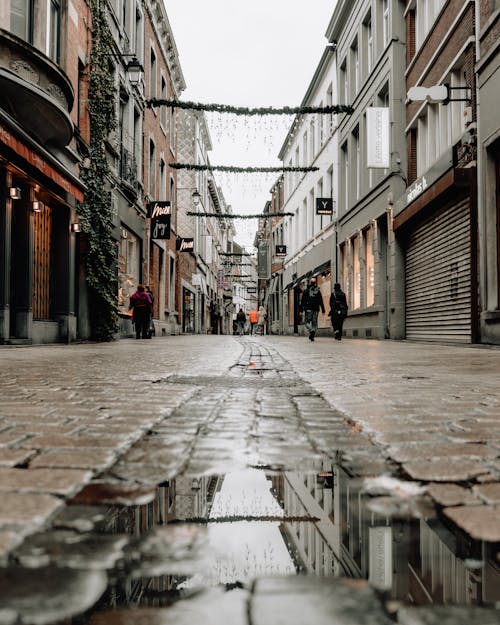The Only Guide for Framing Streets
The Only Guide for Framing Streets
Blog Article
Framing Streets Things To Know Before You Buy
Table of ContentsSome Of Framing StreetsThe smart Trick of Framing Streets That Nobody is Talking AboutThe Only Guide for Framing StreetsThe smart Trick of Framing Streets That Nobody is DiscussingAll About Framing StreetsFraming Streets Can Be Fun For Anyone
Photography genre "Crufts Dog Program 1968" by Tony Ray-Jones Road digital photography (additionally in some cases called candid photography) is digital photography conducted for art or inquiry that includes unmediated opportunity experiences and random occurrences within public areas, generally with the purpose of catching images at a decisive or poignant minute by cautious framework and timing. 
, that was influenced to embark on a comparable documents of New York City. As the city created, Atget aided to promote Parisian streets as a worthy topic for digital photography.

The Ultimate Guide To Framing Streets
Andre Kertesz.'s extensively appreciated Images la Sauvette (1952) (the English-language edition was titled The Definitive Moment) promoted the idea of taking an image at what he termed the "decisive minute"; "when form and content, vision and composition combined right into a transcendent whole" - sony a9iii.
Framing Streets Things To Know Before You Buy
The recording device was 'a concealed cam', a 35 mm Contax concealed beneath his coat, that was 'strapped to the upper body and linked to a lengthy cable strung down top article the appropriate sleeve'. Nevertheless, his work had little modern impact as as a result of Evans' sensitivities about the creativity of his job and the privacy of his topics, it was not published till 1966, in the publication Numerous Are Called, with an intro written by James Agee in 1940.
Helen Levitt, after that a teacher of children, related to Evans in 193839. She documented the transitory chalk illustrations - Sony Camera that belonged to youngsters's road society in New York at the time, in addition to the youngsters who made them. In July 1939, Mo, MA's brand-new photography section consisted of Levitt's operate in its inaugural eventRobert Frank's 1958 publication,, was significant; raw and often out of emphasis, Frank's images questioned mainstream photography of the moment, "tested all the official rules put down by Henri Cartier-Bresson and Walker Evans" and "flew in the face of the wholesome pictorialism and wholehearted photojournalism of American publications like LIFE and Time".
Report this page